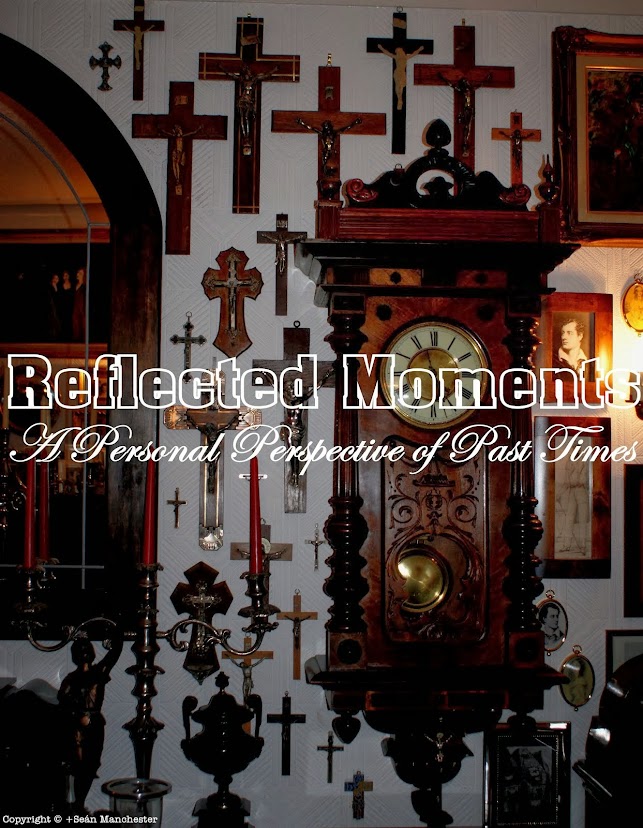The portrait will be available from April 19th.
Click on image for eventual finished painting.
It began with this message from the Byron academic Nicky De Spinoza (not his real name):
"Calling all Byronists with an artistic bent! I would like to offer the opportunity to any interested artists who might be interested in designing the cover for my forthcoming book, Byron and the Best of British Poets. What I am looking for is a sketch/drawing/painting/silhouette/whatever of Byron ... etc"
I responded:
"I am an artist, though not bent, and submit an early expressionist portrait I pummelled the canvas in oils with in the poet's likeness, or not as the case may be, for your delectation; though I am willing to undertake a fresh commission of his lordship if tempted by the prospect of exposure to the preferably pleasing or, if not, philistine eye. My preferred medium is oil on canvas. Rest assured, the pending Lord Byron portrait will not be as expressionistically challenging as my one of Lady Caroline Lamb."
Nicky De Spinoza replied:
"Give it a go, Bish! The deadline's still far away and I should like as many to choose from as possible. Knock yourself out, as our American cousins say."
Whereupon I knocked myself out, using paint brushes rather than boxing gloves. The portrait manifested and took on a life of its own. Whether Nicky De Spinoza adopts it or not for his book cover, I am content either way. The important thing for me is to have been inspired.
A copy of the finished portrait was forwarded by email to Nicky De Spinoza who responded:
"Bish, this is very powerful indeed! Thank you so much. It goes straight to the head of the queue! Once all the 'contenders' are in I will submit the pictures to the publishers for consideration. In the meantime, a very happy Easter to you and yours."
My original source of inspiration for this full face portrait of the poet (he was normally painted in semi-profile of full-profile) was the locket kept on the person of Lady Caroline Lamb whose obsession with Lord Byron is recounted in my biography of her, Mad, Bad and Dangerous to Know (Gothic Press, 1992). In the miniature the sitter is looking straight ahead. My new portrait - more akin to the beloved locket owned by Lady Caroline Lamb (and kept on her person until her death) than anything else - is executed in oils on a 20" x 16" canvas.
More obscure and indeed mysterious is an ambrotype attributed to a lost Byron portrait which interested me as a photographer. An ambrotype is a negative image on glass that becomes a positive image when a dark background is put behind it. Every daguerreotype and ambrotype, therefore, is one-of-a-kind. It has been claimed by the owner of the ambrotype that the photograph is a record of a lost oil portrait of Lord Byron by a nineteenth century artist. The ambrotype photographic process (the second kind of photography after daguerreotypes) was introduced in 1854, peaked in 1857-59, and waned in 1861 when the more convenient and inexpensive tintype became popular. Both the Byron Society and the Daguerreian Society have seen the ambrotype image, but their verdict is inconclusive.
The ambrotype of a suspected lost portrait.
The locket owned by Lady Caroline Lamb.




























